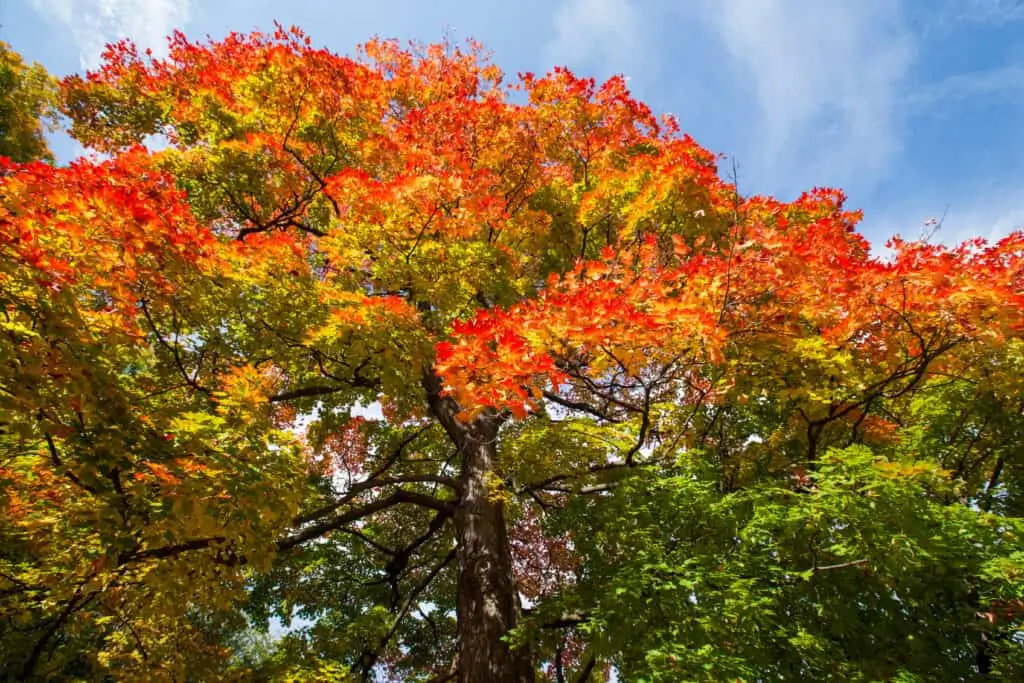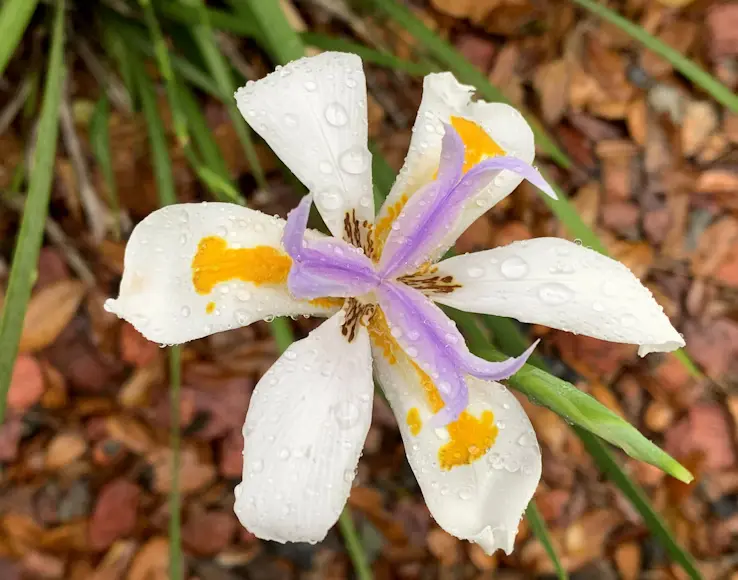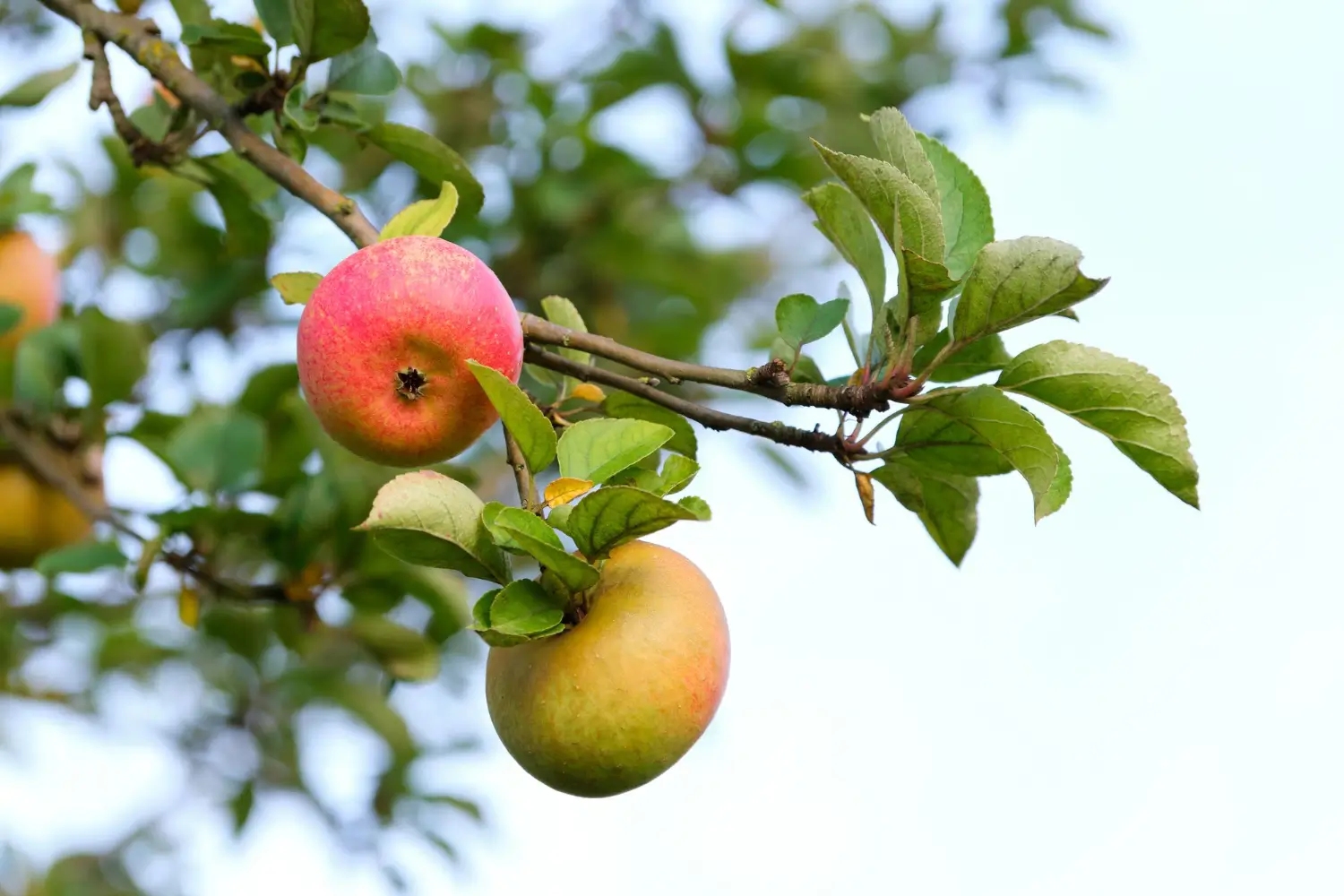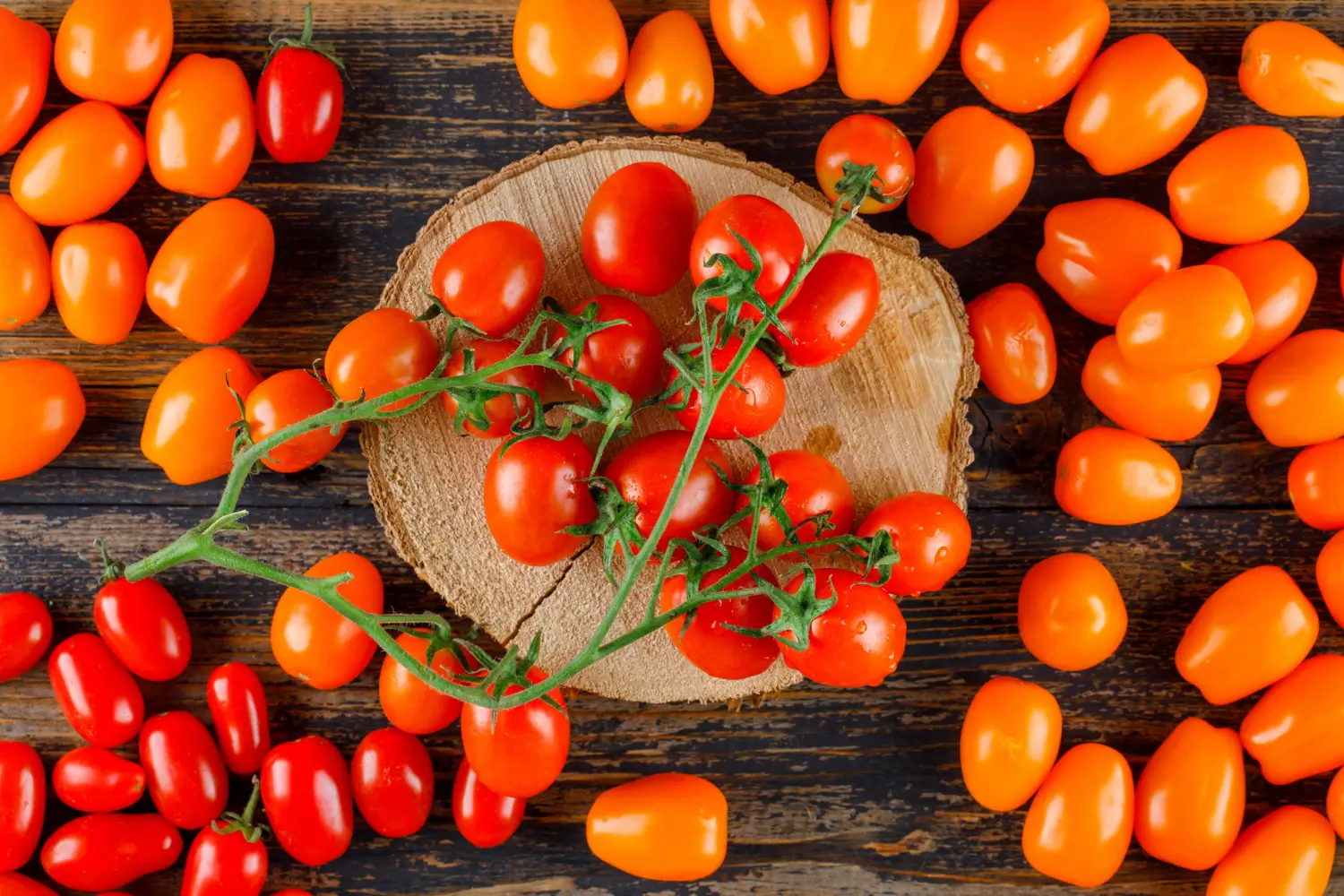
Soil Health & Fertilization
We unite suppliers and green industry professionals worldwide
For autumn splendor, few trees can hold a candle to Fall Fiesta Sugar Maple (*Acer saccharum 'Fall Fiesta').
By Victor Miller
|Published on June 10, 2025


For autumn splendor, few trees can hold a candle to Fall Fiesta Sugar Maple (*Acer saccharum 'Fall Fiesta'). In autumn this tree gives your landscape a fantastic array of colors with its fiery orange, red, and golden-yellow foliage. But its appeal doesn’t end with autumn — this hardy, adaptable tree is a visual treat all year round, from its lush green leaves in spring and summer to its unusual bark and handsome shape.
Whether you’re planting it as a shade tree just off your lawn or as a x-yad for seasonal interest, Fall Fiesta Sugar Maple is a low-maintenance tree that can pay big dividends for the long haul. Read on to find how to take care of this wonderful specimen so it lasts through all seasons.
| Botanical name | Acer saccharum 'Fall Fiesta' |
| Type | Deciduous tree |
| Mature Size | 40-60 ft. tall and 35-45 ft. wide |
| Bloom Time | Spring (tiny yellow blooms) |
| Flower Color | Yellow-green |
| Autumn Leaves | Vibrant orange, red, and yellow |
| Light Requirements | From full sun to partial shade |
| Soil Type | Moist, well-drained, slightly acidic soil |
| Hardiness Zones | 3-8 |
| Toxicity | Non-toxic to pets |

September 25, 2025
9 minute read
September 24, 2025
9 minute read
September 23, 2025
10 minute read
September 22, 2025
9 minute read


Join as a seller and connect with thousands of B2B buyers nationwide!
Sign Up

African Fern Pine
A rich green foliage and its tolerance to sun or partial shade makes iAfrican Fern Pine an asset to any garden or landscape around the world. This evergreen tree has a soft and gentle texture from its feathery, fern-like leaves falling from its branches.

African Iris
African Iris is a low maintenance, clump forming perennial with sword-like leaves and striking flowers that look similar to a mix between an iris and an orchid.

Early Harvest Apple Tree
For those who adore crispy, refreshing apples but can’t wait until fall, the Early Harvest Apple Tree is going to be your new best friend.

Early Girl Tomato
A Fast-Growing Favorite That Delivers Tomatoes Before Anyone Else
The Fall Fiesta Sugar Maple is an adaptable and hardy tree that thrives in an array of settings with proper care. With proper planting and continued attention, your tree will remain brilliantly colored and high-reaching for many years to come.
It does best in full sun but also tolerates partial shade. However, for the greatest amount of fall color, six or more hours of sunlight each day is required. When trees grow in shade, they might exhibit fewer rich fall colors and have slower growth rates.
This tree likes slightly acid soils 5.5 to 6.5 in pH, well-drained, also moist. It hardens it well and can adapt to the majority of soil types (loam, clay, and sandy soils) as long as good drainage is established. Ensure that the soil retains no water, since impeding water will lead to root rot. Organic matter mixed into the soil that retains moisture and provides the tree with nutrients.
Water the tree deeply, especially in the early years after planting. Once established, Fall Fiesta Sugar Maple is also tolerant of some dryness, but prefers consistently moist soil. Make sure that you’re not both overwatering as well as underwatering. On dry spells, water deeply once a week, making sure that the water gets to the tree’s roots. Once planted, keep the soil moist, not soggy, to encourage good root formation.
You will need to prune your Fall Fiesta Sugar Maple regularly to train it and keep it healthy.
Cut dead or disease-filled branches during early spring before new growth appears. This allows the tree to focus its energy on healthy growth. To maintain good structure and promote a strong central leader, prune out any competing stems. If you want to limit the height of the tree, prune the top so that you have a pleasing, balanced shape.
Pruning should be performed with care, as sweet sap oozes from the incisions in early spring. For large reductions, hold off cutting for late winter or early spring so sap is not lost in excess. Dormant season pruning (late winter) generally is preferable to minimize disturbance of growth.
Although the Fall Fiesta Sugar Maple can be grown from seeds, it is most often grown from nursery-purchased seedlings or saplings for more reliable results.
To grow from seed:
Seed propagation has been known to slow things down since it usually takes years for a tree to grow to maturity. This is why most gardeners would rather start with a young tree from a nursery.
Although this magnificent tree is best suited for ground planting, it can be grown in large pots for a limited time, for example, when planted in a patio or for decorative purposes. Growing in pots helps control the growth rate, but keep in mind that the Fall Fiesta Sugar Maple requires space to stretch its roots as it matures.
If growing in a container:
During the winter months, either move the container indoors or protect it with additional shielding to keep the plant safe from freezing temperatures.
As the tree matures it may have to be moved to ground for continued health.
Fall Fiesta Sugar Maple is extremely cold-hardy and will survive cold temperatures, meaning the tree can be planted in places with cold winters. However, young trees and trees that are planted in pots will have greater winter care requirements.
For potted trees:
The Fall Fiesta Sugar Maple will become dormant in winter, and you can expect your new growth in spring.
While the Fall Fiesta Sugar Maple is better known for its incredible autumnal display, it does offer little clusters of small, yellow-green flowers in the spring (usually April or May), before the leaves. These flowers are not very showy but serve an important ecological function, providing food for early-season pollinators.
But the autumnal color of this tree is what is truly remarkable. Fall colors — Every autumn the leaves turn brilliant oranges, reds, and yellows for a stunning and cinematographic display. That color transformation is affected by the tree’s environmental conditions (like sun, moisture and temperature) so each fall show can differ slightly from year to year.
To encourage the best fall color, the tree should receive sufficient sunlight and be supplied with regular watering during the growing season.
The Fall Fiesta Sugar Maple is relatively low maintenance but may have a few vulnerabilities:
Fortunately, most of these can be managed with a little care, and will not prevent a healthy tree for years to come.
This particular tree is a moderate grower — about 1-2 feet a year, when conditions are perfect.
This is typically not entirely necessary unless your soil is particularly low in nutrients, but a balanced fertilizer can be applied in early spring for healthy growth.
If fall colors are not as bright, it may be because of insufficient sunlight, uneven watering or climate. Also, make sure this tree gets sufficient sunlight and care over the entire year. The Fall Fiesta Sugar Maple is a large, beautiful tree that adds so much seasonal pop and provides visual drama season after season. With low-care beauty that can work easily into a tree that will be a centerpiece of your landscape for decades, it’s a perfect choice

Soil Health & Fertilization
Victor Miller

Pest Identification & Prevention
Victor Miller

Lawn Care Tips & Maintenance
Victor Miller

Soil Health & Fertilization
Victor Miller

Smart Irrigation Systems
Victor Miller

Patios, Walkways & Driveways
Victor Miller

Soil Health & Fertilization
Victor Miller

Pest Identification & Prevention
Victor Miller
My Account
Our team is always here to help.
We are open Monday - Friday, 9:00 AM to 4:30 PM PST.